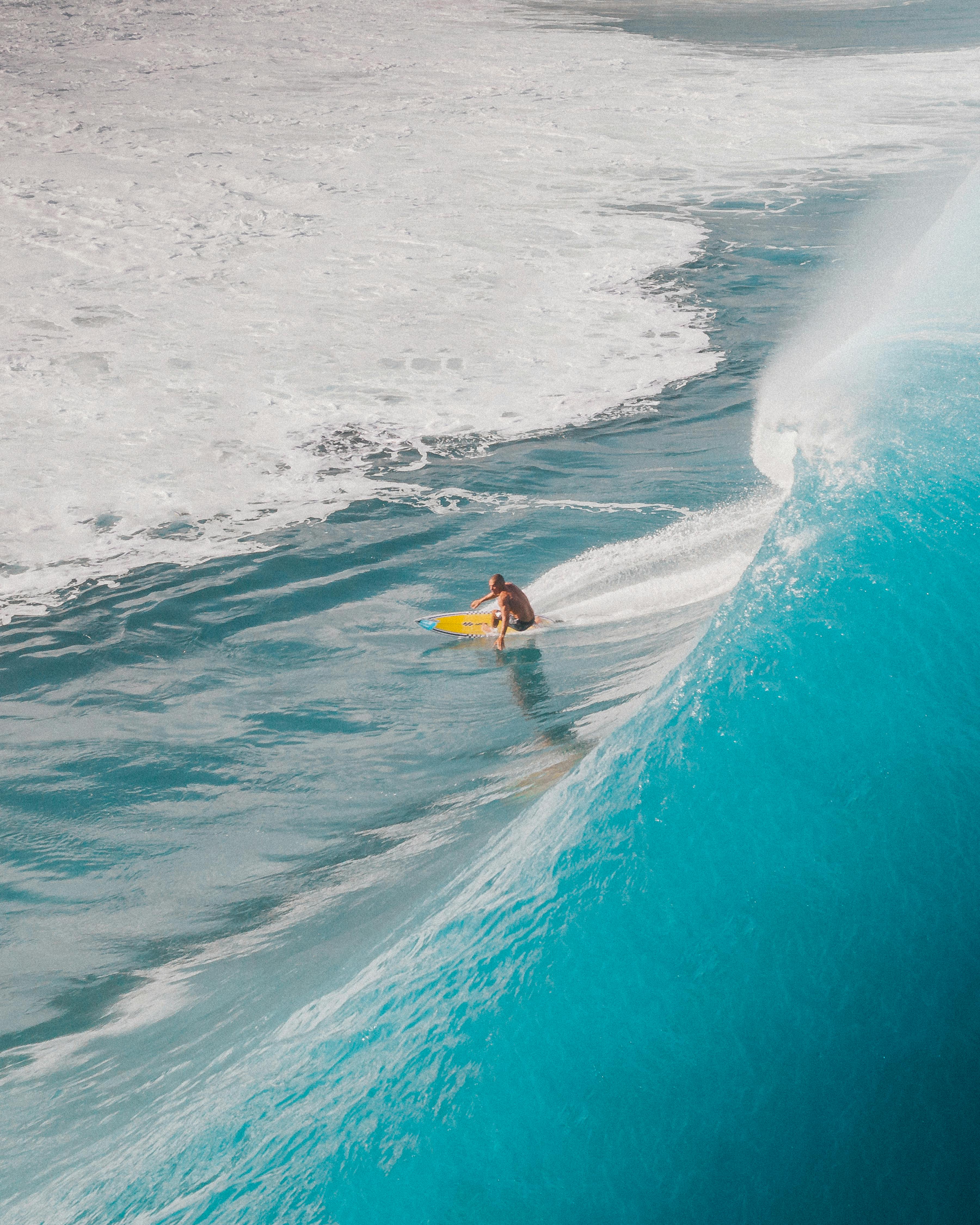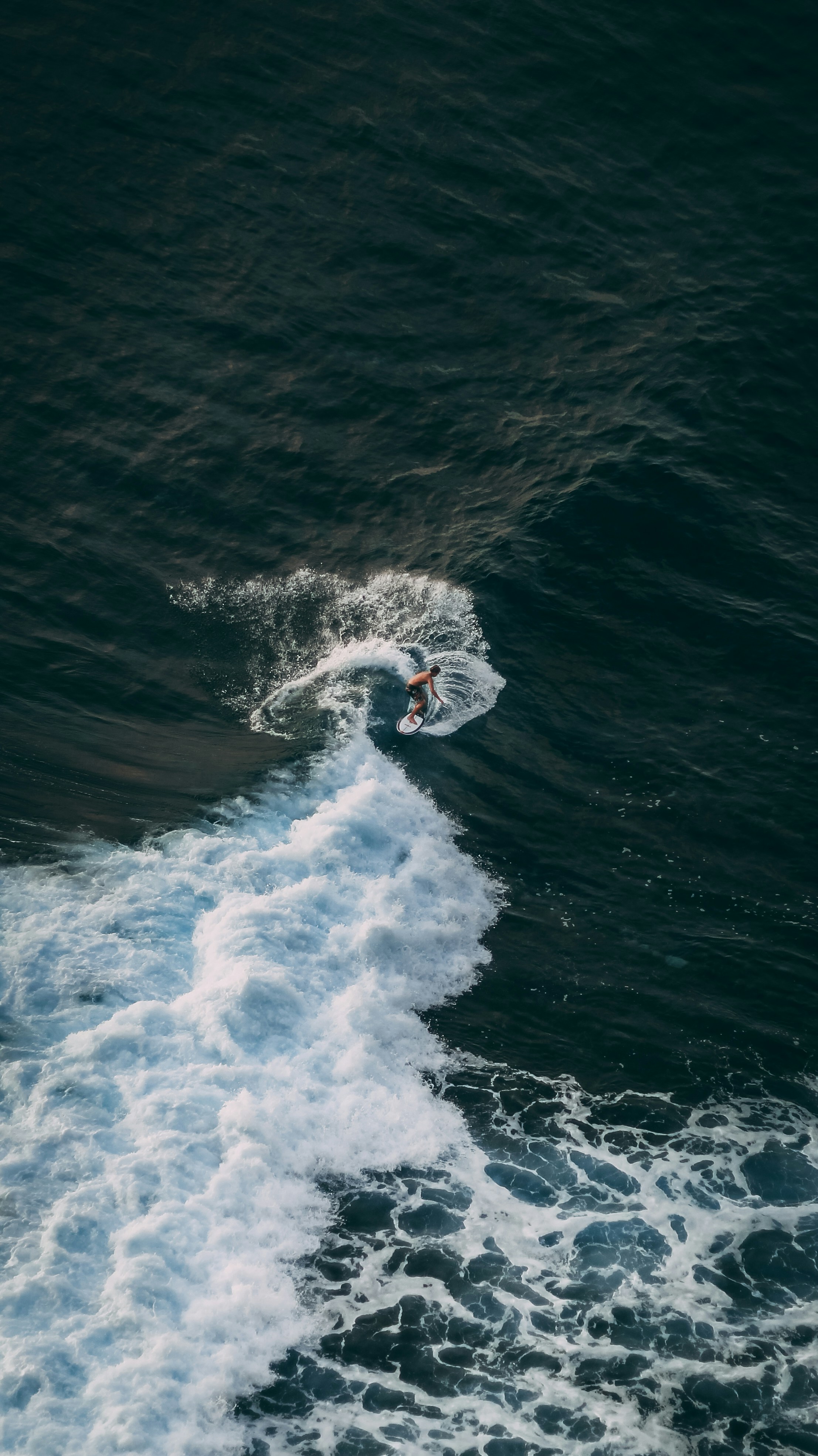Timing Your Move in Critical Surf
If you surf long enough, you’ll eventually face a wave that makes you hesitate – duck dive or bail? The right decision can save your board, your leash, and sometimes your session.
Here’s how to know what to do when you’re caught inside and things get heavy.
When to Duck Dive
- Big whitewater: Duck dive and bear-hug the board. Turn it sideways underwater to help it slip between turbulent water columns and bring you up faster.
- Beach breaks and slabs: Time your duck dive to go under the second explosion – there’s often a calm pocket behind it.
- General rule: Duck dive anything under 7 feet. Over 7 feet? You probably can’t sink it.
You’ll come up faster than the guy who bailed.
When to Bail
- Direct lip to head contact: If the wave’s going to explode on you and you can’t dive under or get around it, bail and protect yourself.
- Massive slabs or dry reef: Don’t try to duck dive these. Bail, swim deep, and angle up and through the whitewater.
- Outer reefs: For big-wave sessions, everyone bails. No one can duck dive a 10-foot gun.
But always check behind you – never bail if someone is behind you. Flying boards are dangerous.
Pro Tip: Use Your Eyes
If you’re underwater and not in whitewater yet, open your eyes. You can spot gaps between plumes and aim for the surface. Visibility helps you avoid turbulence – and reefs.
Final Take
Most of the time, duck diving is safer, faster, and keeps you in control. Bailing should be a last resort – used only when your safety is at serious risk.
How to Duck Dive Like a Pro – Save energy and stay in control under the waves.
Surfing Bigger Waves Without Panicking – Stay calm when it really counts.








